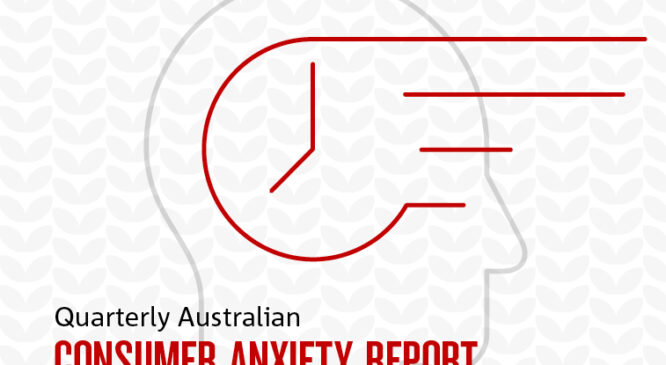The coming months will be full of opportunity but also challenges for the growing professional services sector. With staffing a critical factor, we identify the trends you should navigate to become an employer of choice in 2023.


Article



The coming months will be full of opportunity but also challenges for the growing professional services sector. With staffing a critical factor, we identify the trends you should navigate to become an employer of choice in 2023.


Article


Strong management and a robust institutional framework are driving an optimistic outlook in the higher education sector for when international students return to campus life.




There are now less than two unemployed people for every job vacancy in Australia, a record low for this ratio.




The labour market recovery has been much faster than expected.




How tight does the labour market need to be for the RBA to change forward guidance?




The JobKeeper wage subsidy scheme ended on Sunday March 28, how many people could potentially be displaced?




Last Thursday’s sharp fall in unemployment to 5.8% from 6.3% took the market by surprise.




Central banks are pursuing ‘maximum possible sustainable employment’, an understated evolution in inflation targeting.




We investigate the implications of the sharp fall in underemployment.




Businesses are having to adjust to a new kind of consumer, but it remains unclear which behaviours and sentiments will stick.


Insight


The labour market has improved sharply over recent months with employment outside of Victoria almost back to pre-pandemic levels.




With COVID-19 restrictions easing across much of the country, consumer anxiety has continued to moderate and spending behaviours are shifting.


Insight


Traditionally the labour market has been a lagging indicator of activity. However, in this pandemic it is largely contemporaneous and is thus a good summary indicator of the wider economy as well as being timely given new data sets such as weekly payrolls and regular job ad updates by SEEK and Indeed.




Despite strong job gains in June and July, there are still over half a million people who have lost work since March and an unknown number supported by JobKeeper.




Many of the smaller states’ economies are benefiting from both better virus numbers along with relatively smaller exposures to business services.


© National Australia Bank Limited. ABN 12 004 044 937 AFSL and Australian Credit Licence 230686.
